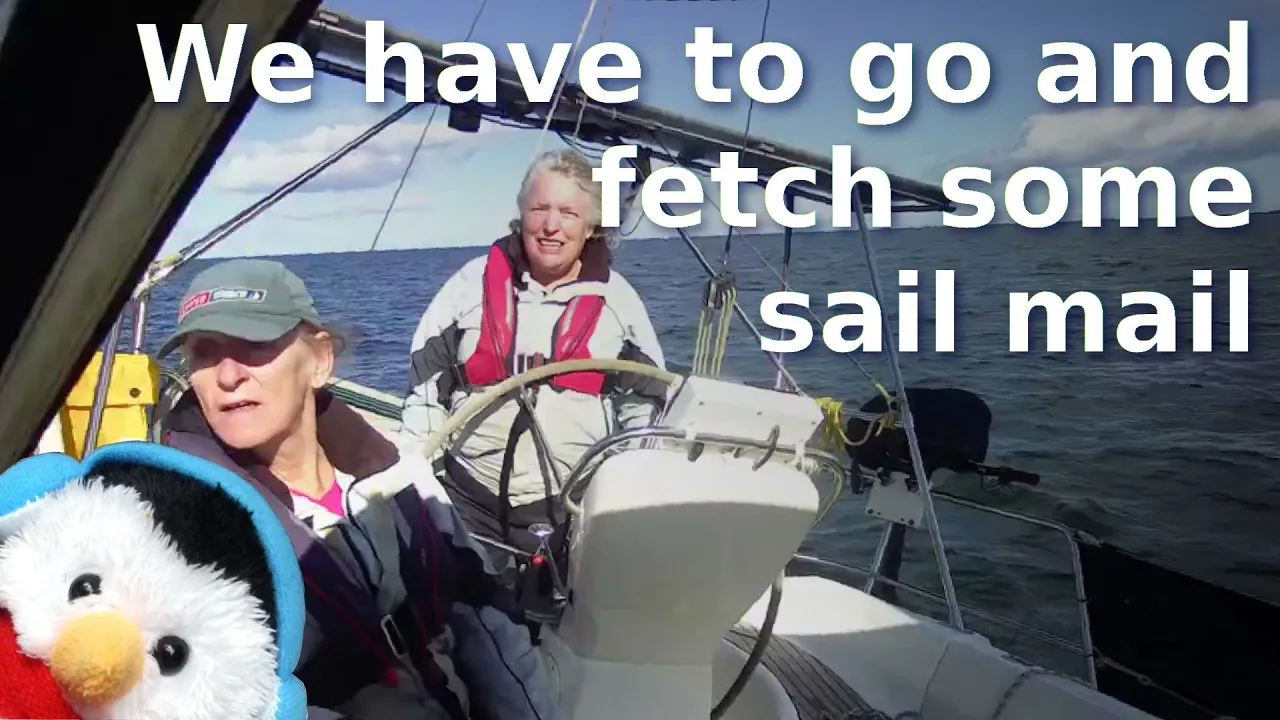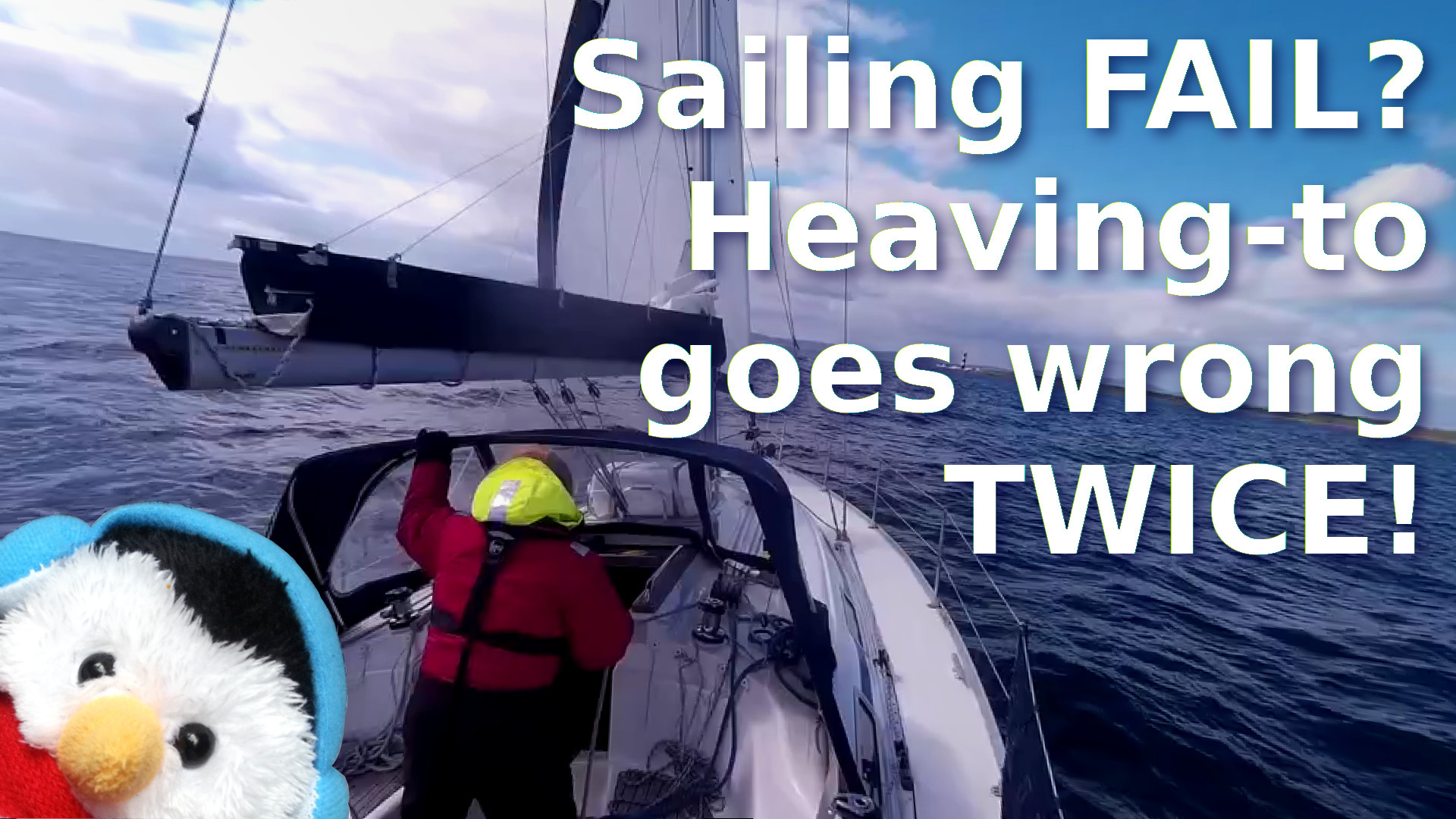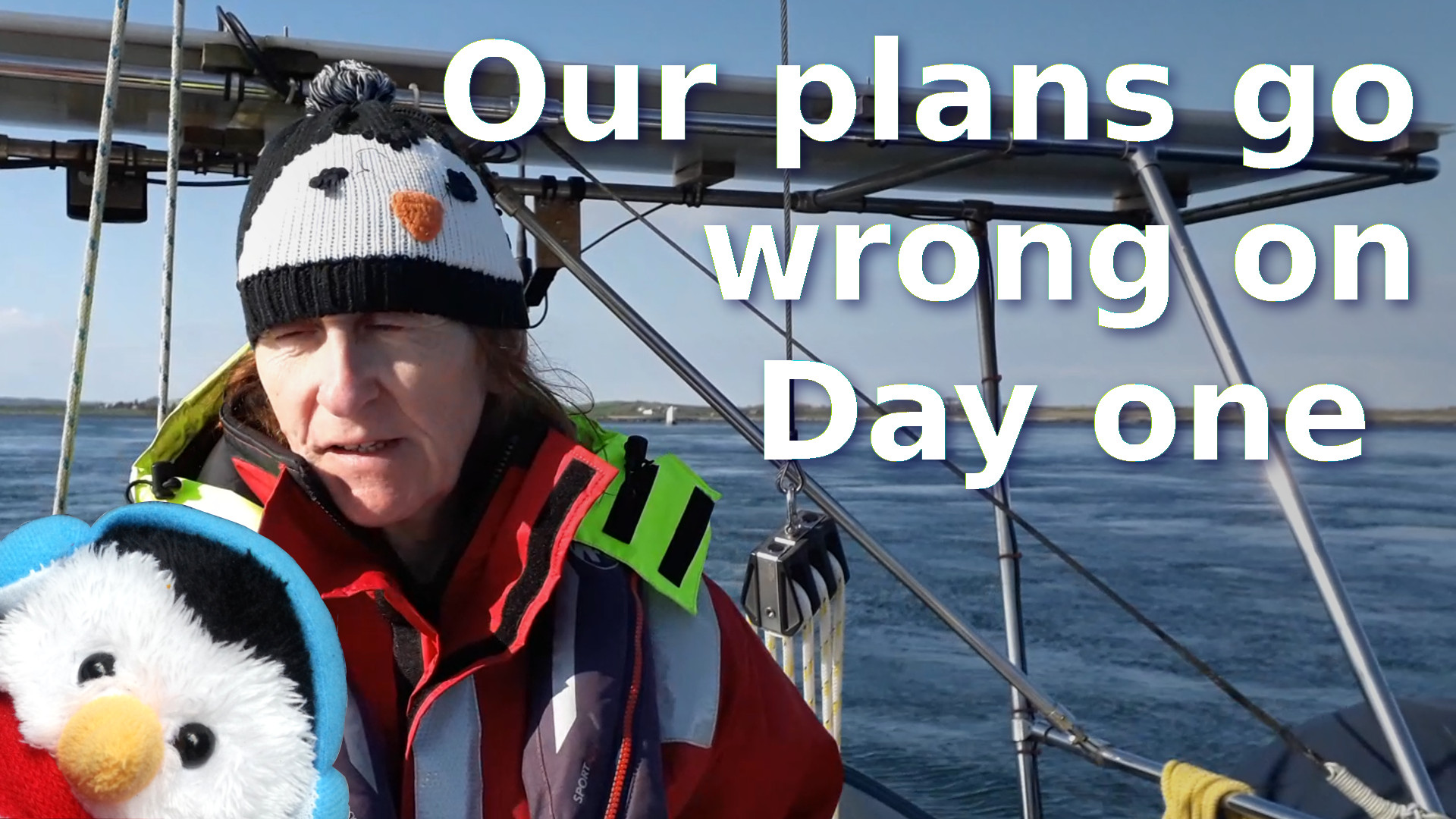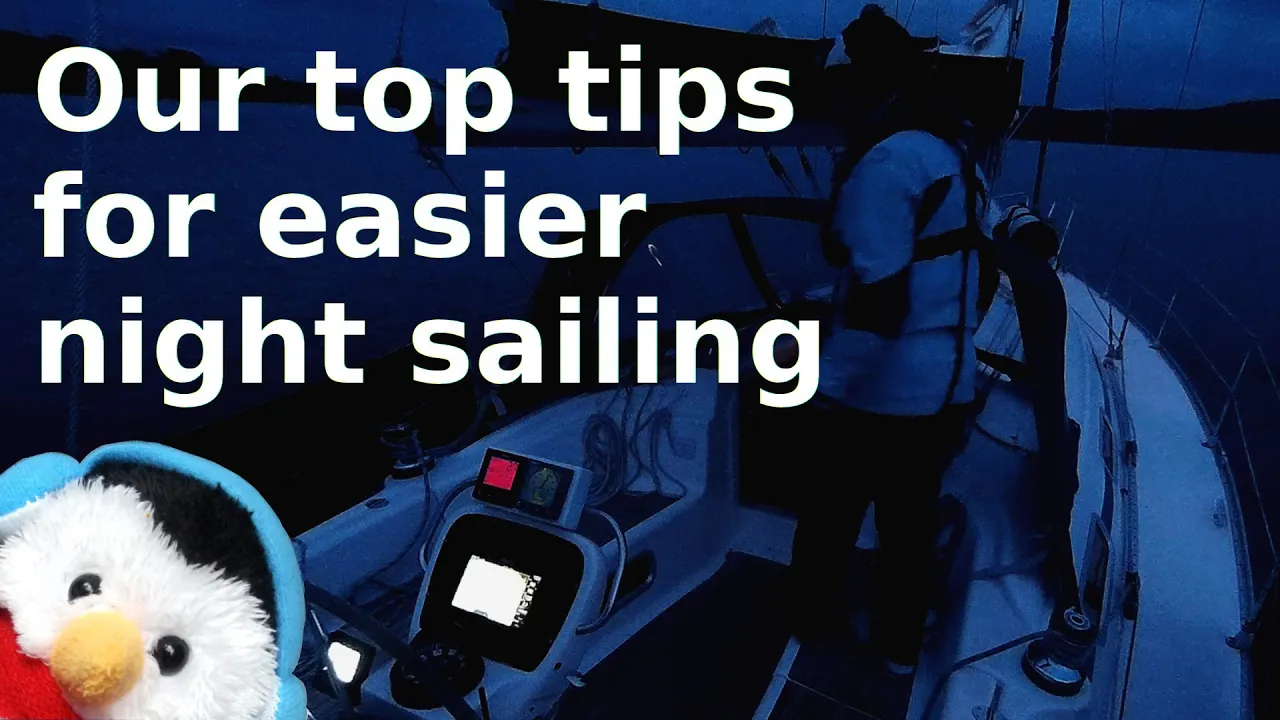The weather is still not great here in Bangor, with lots of dull days and grey skies, but its dry enough to get some projects started, so we have started with our fender step.
It's time for the January sails...
Fender step replacement
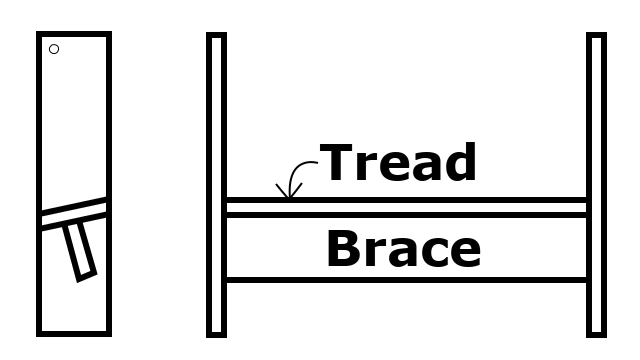
We use our fender step loads because we live on Salty Lass, so we probably wear things out a lot quicker than other people. So for us a fender step that costs about £50 - £60 lasts us 18 months, so we have decided to use a decking plank which costs £10 instead. The main points of interest in the design are:-
- The tread is at an angle to the side sections, this angle reflects the sides of Salty Lass, so that when the step hangs against Salty Lass, the tread is horizontal
- The tread is braced underneath with another section of plank at 90° to the tread, so that the tread is stiffened and can not flex. The brace also stiffens the whole step and stops it skewing
- We cut channels along the sides of the tread, to allow water to drain from the tread.
- After all the holes were drilled, the whole step was disassembled for varnishing before reassembly
- The old fender step was cut up to pad the new step so that the new step to protect the hull of Salty Lass.
Note - The tread is the horizontal part of a stair or step, upon which you place your foot.
We hope that the new step will last longer than 18 months, so any time beyond that is a victory.
Anchor Watch
One of our viewers wanted to know about our criteria and what we use on Salty Lass for anchor watch, so on Salty Lass we have four different devices that can be used for anchor watch so we used the following criteria to decide which device to use:-
- Accuracy - For an anchor watch you need your accuracy to be high, because you need to be able to monitor your position with in 50m range. With a lot of mobile phones your accuracy can be quite low when you are out at sea, so for that reason we do not use our phones for anchor watch. When Beverley and I did use our phone for our position, we were going up and down the Mersey, so every time we went close to a road, the position would jump to the road.
- Location - The anchor watch needs to be located where you are in the cabin with you. For this reason our B and G chart plotter is out as it is up in the cockpit away from where we are.
- Audible - The alarm needs to be audible, so that you can here it. Another reason our B and G chart plotter is out, as we would need to fix a speaker to have an audible alarm.
- Power consumption - As you are at anchor then you need your power consumption to be low. Now we have two devices in our cabin that could be used in this fashion, our Garmin GPS should be the best as it has the lowest power consumption for the device but because we have wired the Garmin GPS device in with the depth gauge, the radio and all our other instruments on the boat, the total power consumption for all these devices is quite high. Alternatively we wired Charlotte, our Garmin GPS map 551 to a single circuit so only that device is on.
- Screen - Having a screen that shows you location is great as it allows you to access a situation, so that when we were on the other side of a ranging ring then we could see that and understand that we were not in danger.
We would also recommend that you set up your anchor watch when you are on a mooring ball, because things can happen, so setting up and anchor watch is a good idea
Life Jackets
As we had not been out for a long time so we checked our life jackets, a full test involves a bladder inflation and leaving it inflated for 24hours, but as we wanted to go out so we just did the quick check which involves:-
- Checking the date on firing mechanism
- Checking the weight of the gas cylinder
- Checking that the gas cylinder is in tight
- Checking that the manual firing mechanism is outside the life jacket where you can reach it
We found that my firing mechanism goes out of date at the end of April, so it was a good thing we checked other wise I would be sailing through the summer with an expired firing mechanism
Cruising chute
After all the preparation it was finally time to go out and try our cruising chute, but more on that next week
Other stories from Northern Ireland
- 2018
- 2019
- 2020
- 2021
- 2022
- 2023
- 2024
- 2025
- Anchor
- Boat Buying
- Boat Projects
- Charity
- Dinghy
- Disaster
- Electrics
- Engine
- England
- Events
- Food
- Fun
- Harbour
- How tos
- Isle of Man
- Maintenance
- Marinas
- Miscellaneous
- Mooring Balls
- Navigation
- Northern Ireland
- Not Sailing
- People
- Plumbing
- Safety
- Scotland
- Southern Ireland
- Wales
- Yachtmaster




